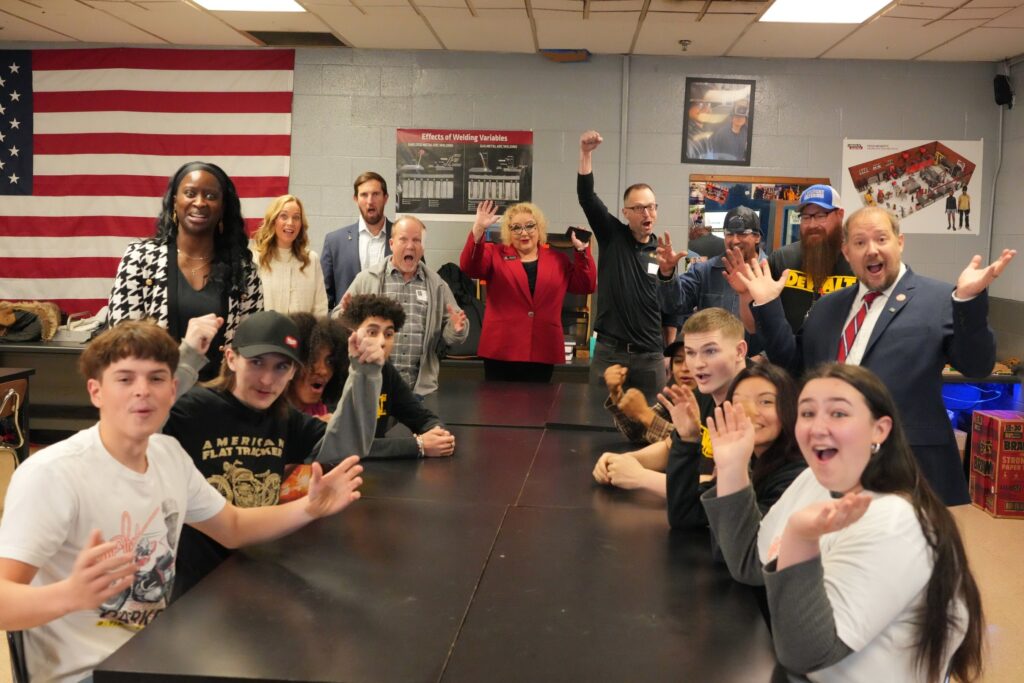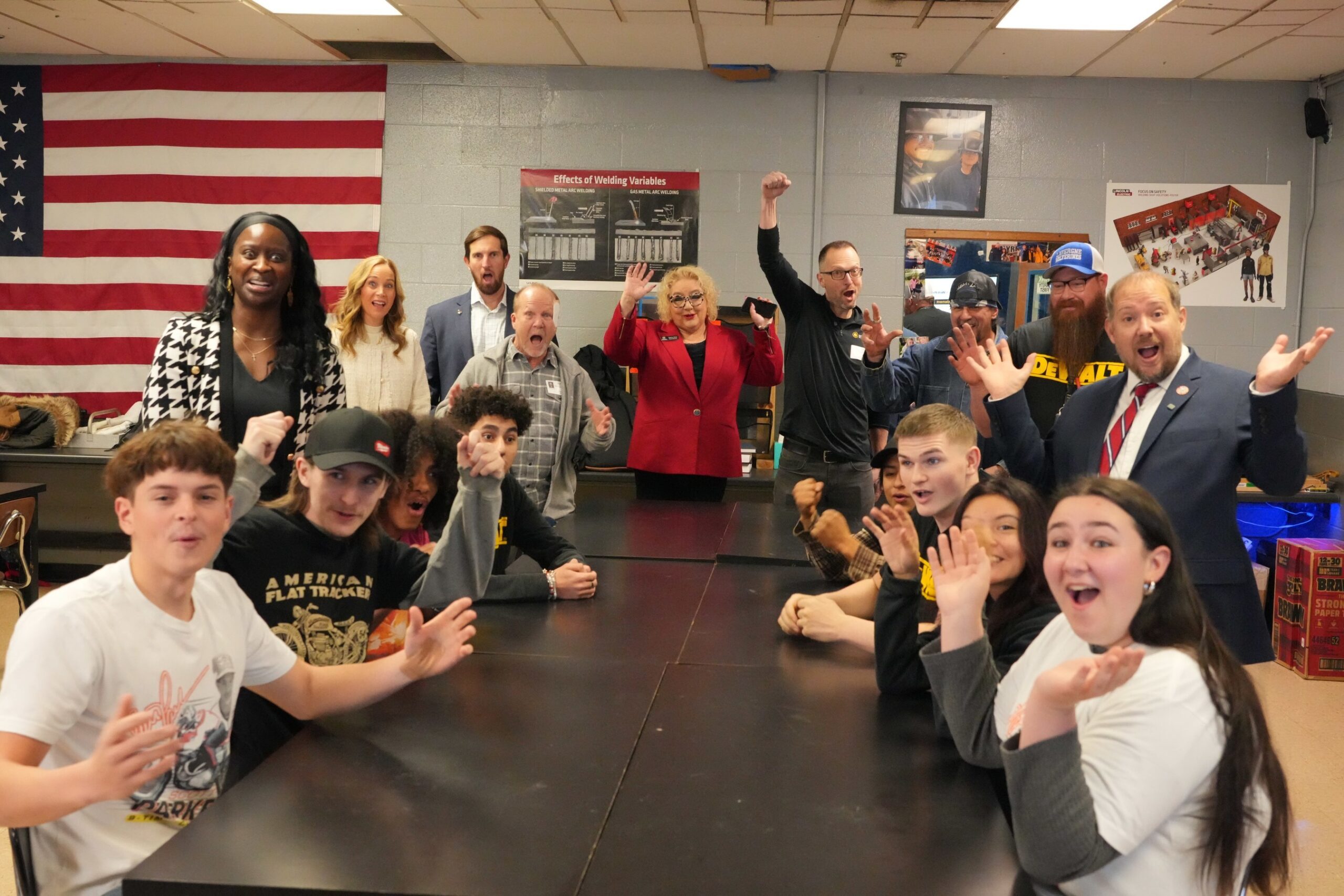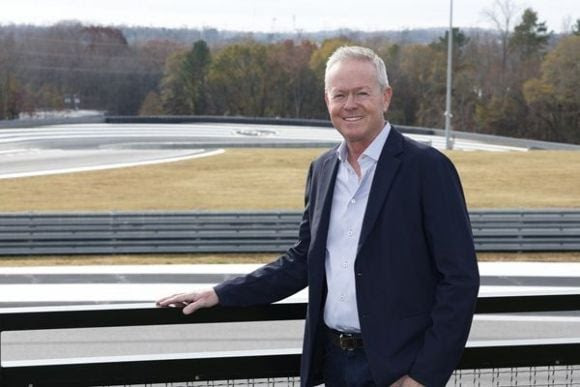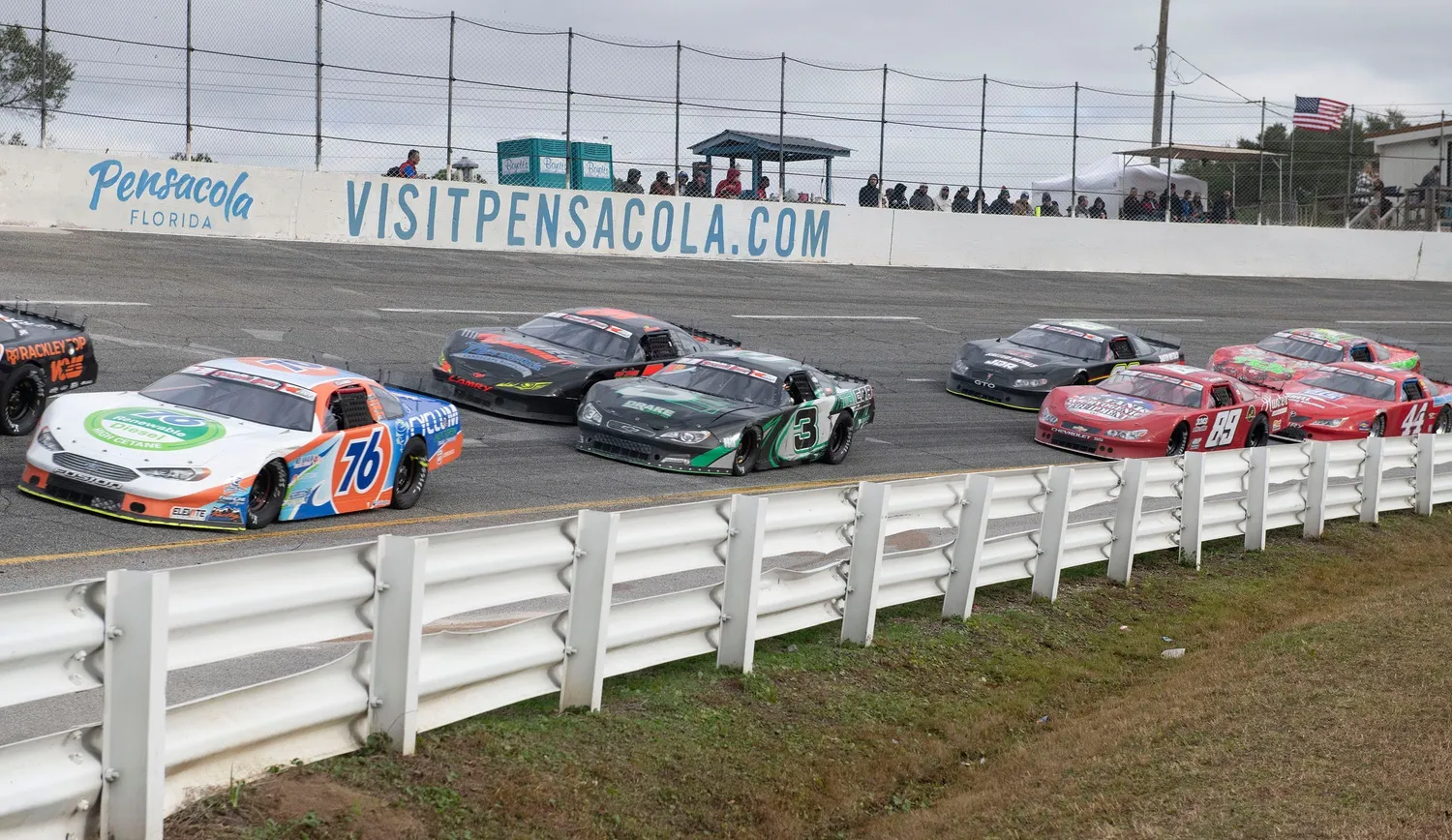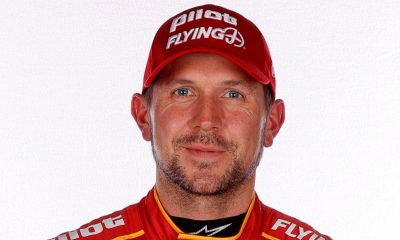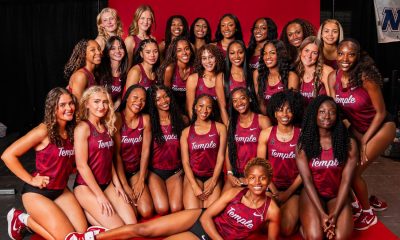Minnesota-based Northern Tool + Equipment is partnering with RACER Network to launch a first-of-its-kind television series highlighting the next generation of tradespeople — namely, high school CTE (career and technical education) students. A new four-episode series will follow Tennessee’s LaVergne High School CTE juniors and seniors as they participate in the Legends Challenge: Student Build from Northern Tool — transforming a Harley-Davidson Nightster into an XR750-inspired flat-track racer with hands-on mentorship from racers and builders.
“The work these students are doing belongs on the big screen,” said Frank Crowson, chief marketing officer at Northern Tool + Equipment. “RACER Network fans—and motorsports diehards everywhere—are going to see real talent, determination and teamwork on display. This is a serious challenge; even seasoned pros would be pushed to finish a build like this in just 174 days.”
The series will highlight Northern Tool’s mission to put professional-grade tools in the hands of high school CTE students and invest in future tradespeople with unique learning experiences and industry mentorship, according to officials in a press release announcing the program. The retailer’s investment has already impacted more than 30 schools across the country, including two previous builds—the Monster Jam Mini Build and Rat Rod Kart Build Off.

“We greenlit the Northern Tool Legends Build because the students at La Vergne High School—and the skilled trades they’re learning—are the future of motorsports,” said Scott McLemore, RACER Network vice president of programming. “The craft, the grit, the teamwork—that’s the story RACER Network tells best. We’re proud to add Northern’s Legends Build to our new show lineup next fall, and we’re already eyeing Northern’s Build 4.”
Northern Tool + Equipment is a family-owned company serving both DIYers and trade professionals as a leading supplier of more than 100,000 high-quality tools and equipment.
The series is anticipated to air in 2026. Updates can be found on social media and Northern Tool’s YouTube channel.





